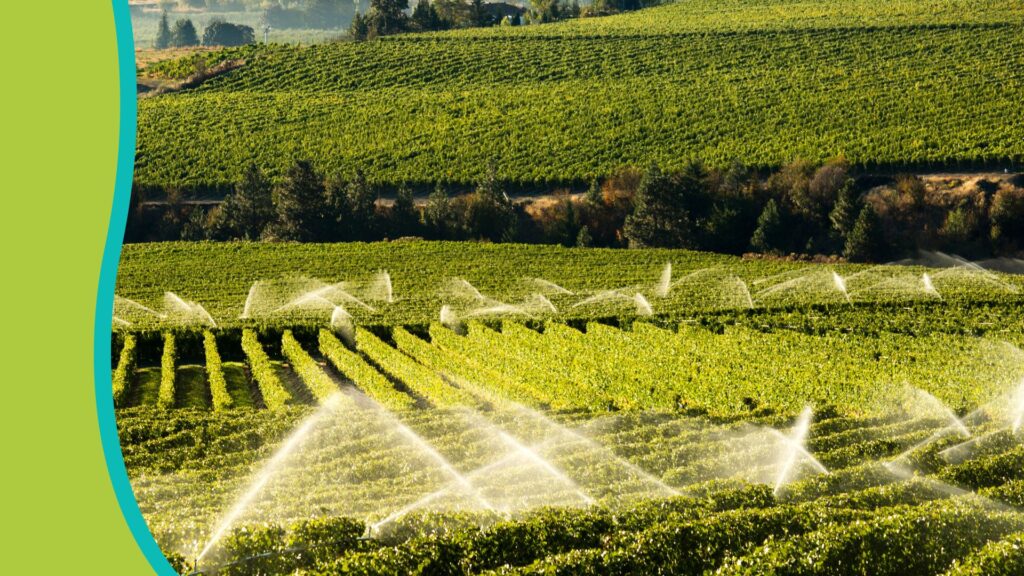Greek agriculture faced significant challenges in 2023, primarily due to natural disasters, such as the floods in Thessaly and wildfires in Evros, as well as extremely adverse weather conditions that led to reduced yields and a decrease in production volumes for several key crops. The decline in production compared to the previous year was particularly noticeable in cereals, industrial crops, certain fruits and vegetables, as well as olive oil and wine products. Furthermore, the drop in prices for some products (such as cereals, oilseeds, and cotton) had a negative impact on their production, as it discouraged producers from choosing these crops.
These developments contributed to a decrease in the value of domestic plant production, which is estimated to have fallen by 13% in 2023 compared to the previous year. On the other hand, the value of animal production showed an increase, primarily linked to the significant rise in the prices of milk and dairy products.
A key factor in the agricultural economy is the cost of agricultural inputs, which in 2023 showed a significant reduction of 8.3%. This decrease was mainly driven by lower expenses for energy and soil amendments, down by about 20%, as well as a reduction in the cost of animal feed by 7%. However, the reduction in other important agricultural inputs was smaller, such as a 5.2% decrease in fertilizers, a 3.3% drop in plant protection products, and a modest 1.9% reduction in seeds and propagation material.
Despite the lower spending on agricultural inputs, agricultural income is expected to decline, primarily due to the reduced value of agricultural production and a decrease in subsidies, which are projected to fall by 13.3%. This negative trend reflects, to some extent, the impact of the new Common Agricultural Policy (CAP) subsidies during its first year of implementation.
In Greece, subsidies continue to cover a significant portion of agricultural income (32.5% in 2023), a ratio considered high compared to the EU average (26%) and much higher than in countries with competitive agricultural products, such as Italy (14.8%) and Spain (19.7%).


